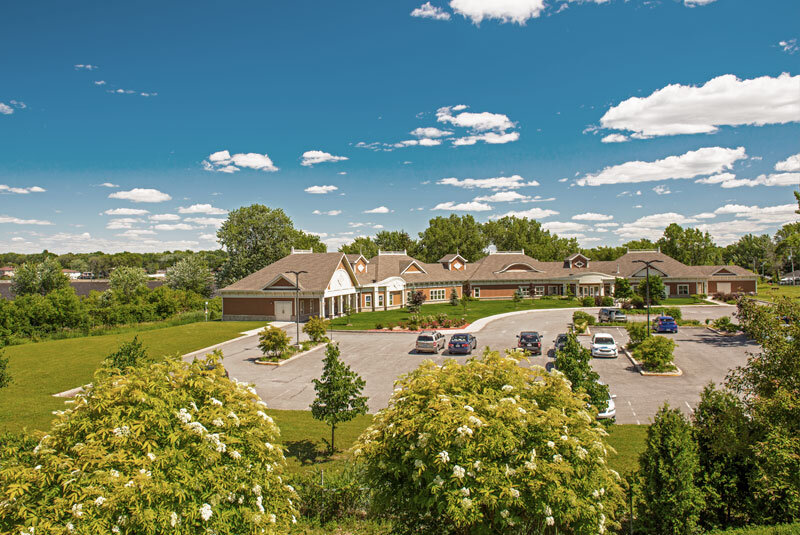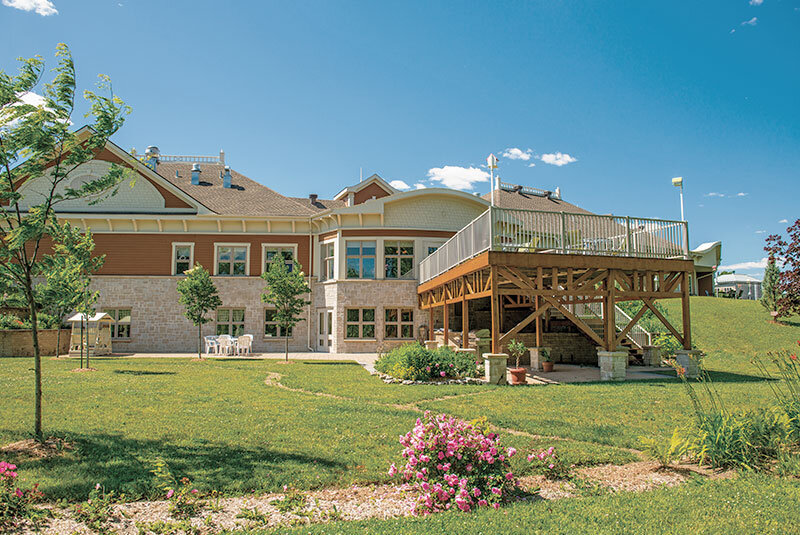1999
In 1999, a small group of people promoting the humanization of end-of-life care receive the letters patent for a non-profit organization (NPO) aiming to create a palliative care home in Laval.
Before undertaking various fundraising activities, the project's sponsors carry out a needs analysis clearly showing the relevance of such a home in the Laval area. Members of the Board of Directors then visit other palliative care homes to confirm the project’s feasibility and viability.
2004
In 2004, the small group grows and searches for greater support from influent business people. A General Manager is hired. He undertakes several activities to promote the project and obtain financial support from governments, the city, public and private organizations, as well as the general public. In September of that same year, a campaign is launched to raise funds to build the home and operate it during its first year.
June 2006
In June 2006, aided by the generosity of four major donors, the founding members acquire a magnificent lot on the Des Prairies river.
The ground-breaking takes place in the Summer of 2008, with construction the following year. Ten years in the making, La Maison opens its doors to the general public in the Fall of 2009, before admitting its first patient on January 16, 2010.
September 21, 2015
On September 21, 2015, La Maison celebrates its 5-year anniversary.
La Maison is proud of the remarkable path it has followed since its opening. However, its sustainability and its capacity to continue providing free care and services are dependent on the solidarity of everyone involved in this profoundly humane cause, as well as on the financial contribution and the great generosity of its donors.
La Maison’s symbol : the Ginkgo biloba tree
The Ginkgo biloba is truly a living fossil. Its ancestors were found in forests of the Jurassic era, some 200 million years ago. Its leaves and seeds are used in phytotherapy, and it is astonishingly resistant to air pollution and insects. One ginkgo even survived the nuclear bomb in Hiroshima and all the climatic upheaval on the planet. Since then, the Japanese consider that tree as the symbol of hope.
Origin of the name
So why did we choose this tree as our emblem? Because its leaves are in the shape of a heart (a symbol of love and hope), because of its great longevity (it can live over a thousand years), because it is resistant to pollution, disease and dry spells, and because, from an esthetical point of view, its golden leaves are awesome in the Fall. All of these qualities can be associated with La Maison de la Sérénité, to which we wish longevity and a resistance to all ordeals. The first Ginkgo biloba tree was planted on September 21, 2015, during the 5th anniversary celebrations.





